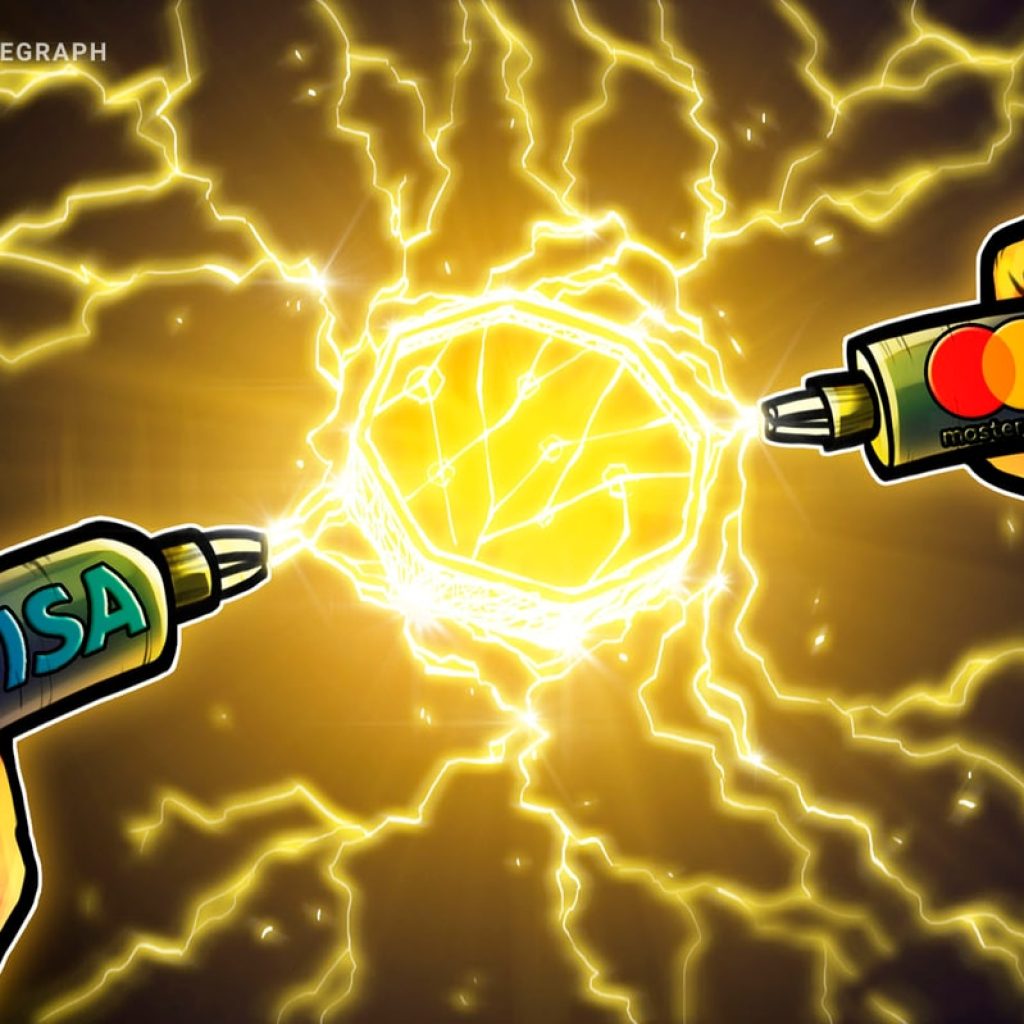
A Bitcoiner has literally taken the Lightning Network into his own hands, installing a tiny payment chip into his hands to make NFC contactless payments.
The Lightning Network continues to shock the Bitcoin (BTC) community. A swiss IT Professional called F418 (not his real name) surgically implanted a Lightning-enabled chip into his right hand to make Lightning Network (LN) payments.

Speaking with Cointelegraph, F418 said he experimented with body modification and LN payments for fun. He does not recommend that Bitcoin enthusiasts take the layer-2 payments network, the LN, into their own hands as he did. “The use is just to show that it is possible and you can do stuff like that." He added that most people carry cards, it’s just his hand has the wow factor:
“It’s funny if you are doing a presentation as I sometimes do presentations about payments and talk to people that are working in banks, and they make “Big Eyes” if they see that [my hand]. You don’t need to have the implant.”
Cointelegraph first met with F418 in his home country of Switzerland at the LN-friendly Plan B Lugano Conference. His attempts to pay failed as the first implant F418 used was “Defective.” Undeterred, F418 visited a medical professional to surgically remove the implant before trying again.
The second attempt succeeded. The chip sits neatly in his right hand and can now make LN payments–without reaching for a Bolt Card or a smartphone. But does it hurt, Cointelegraph asked. “I don’t feel anything–even when I go to the gym,” he replied.

Nonetheless, F418 brings up certain risks to the procedure. While the process is medically safe, “The only problem with the implants is that you can not make them really safe. It’s not the same security as the bolt card–you can only do LNURL withdraw; it’s not safe.”
Plus, if you make a mistake during the implantation process, it’s not a good idea to take the chip in and out of the body. It could cause harm or infection, F418 explained, so it's best to get it the right the first time.
In brief, the NFC chip works identically implanted in F418’s hand enables him to make LN payments without the need for a physical device, such as a smartphone or card. He can simply hold his hand near a compatible NFC reader to initiate a payment. It’s arguably the most convenient Bitcoin payment, allowing for quick and easy transactions without the need for any additional equipment.
NFC, or Near Field Communication technology use cases have bubbled up in the Bitcoin world. Indeed, NFC payments over the LN have surged in popularity since the introduction of the Bolt Card, first trialed over lunch on the Isle of Man, and now available in ‘Bitcoin Country,’ AKA El Salvador.

It’s straightforward to set up an NFC card, sticker or even a sock to work for payments (see below Twitter video). However, it’s worth noting that F418’s NFC implant into a human is the first of its kind. F418 has made the entire process open-source and accessible–including health warnings–on GitHub. He has called the process "Lightning Paw."
Paying for a coffee with #Bitcoin Lightning NFC and a pair of @mtsocks ⚡️
— Molly Spiers (@CoinCornerMolly) December 10, 2021
ANOTHER WORLD FIRST?!?! pic.twitter.com/E4c0eei3v1
The LN is a second-layer payment protocol that operates on top of the Bitcoin blockchain. It allows for near-instant and near-free transactions by enabling users to make multiple payments without having to wait for the transactions to be confirmed on the blockchain. In essence, the LN creates a network of payment channels between users, allowing them to transact directly without the need for each transaction to be recorded on the blockchain.
Related: Subway accepts Bitcoin, so users can get a sandwich on the Lightning Network
As for F418, he continues to tinker with Bitcoin and, increasingly the Lightning Network. IT professional and extreme sports enthusiast by day, he's a Bitcoin hobbyist “who likes to try stupid stuff” by night. He joins thousands of Bitcoin hobbyists around the world who continue to build on Bitcoin despite the brutal bear market. Speaking from home in Switzerland, he told Cointelegraph:
“If you have an open network where everyone can do innovative things; it will always have the advantage of a closed system that only a couple of people can work on it.”
Just don’t try this at home, anon.





